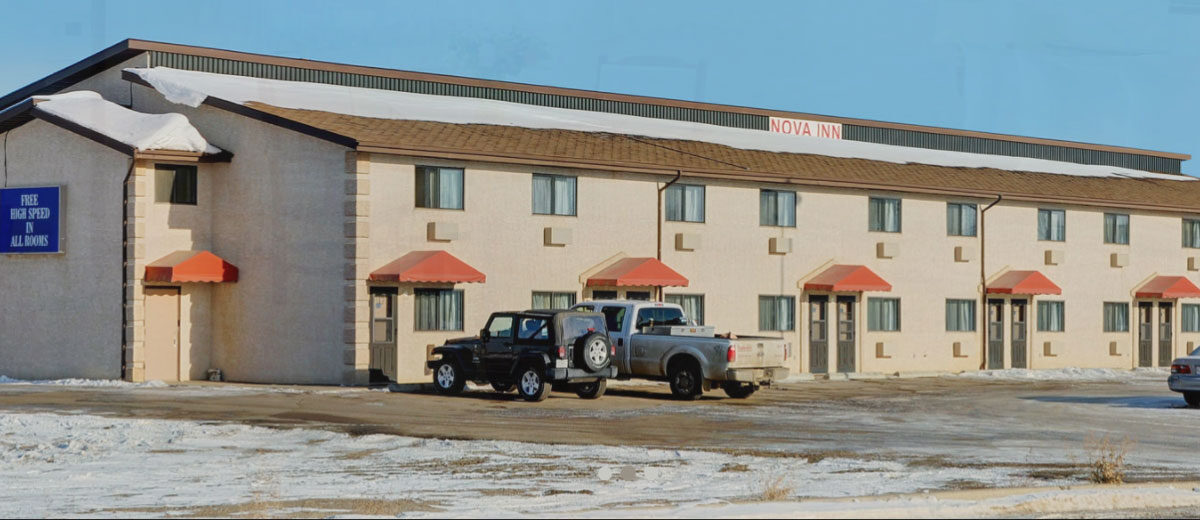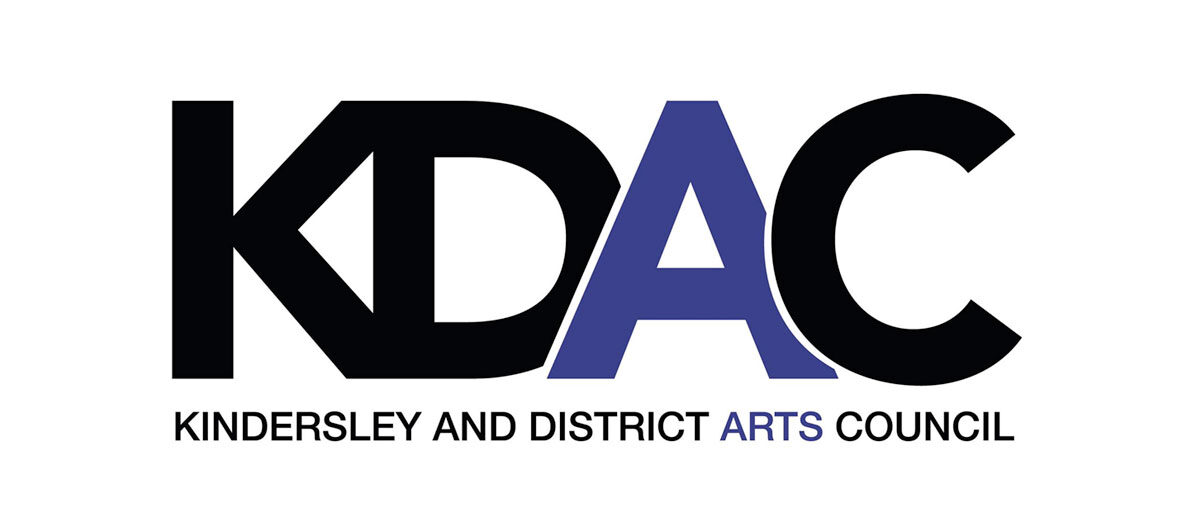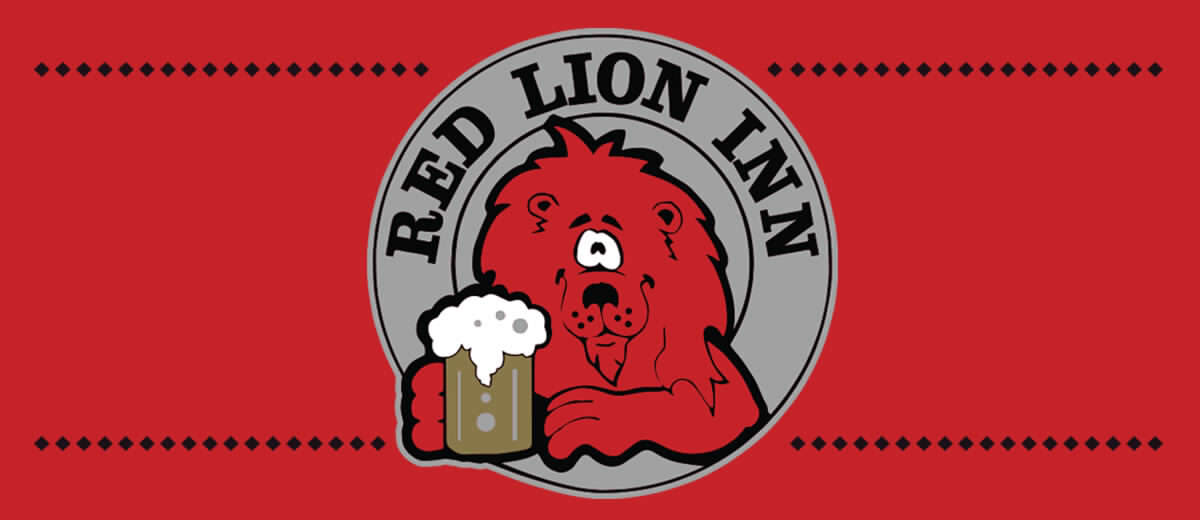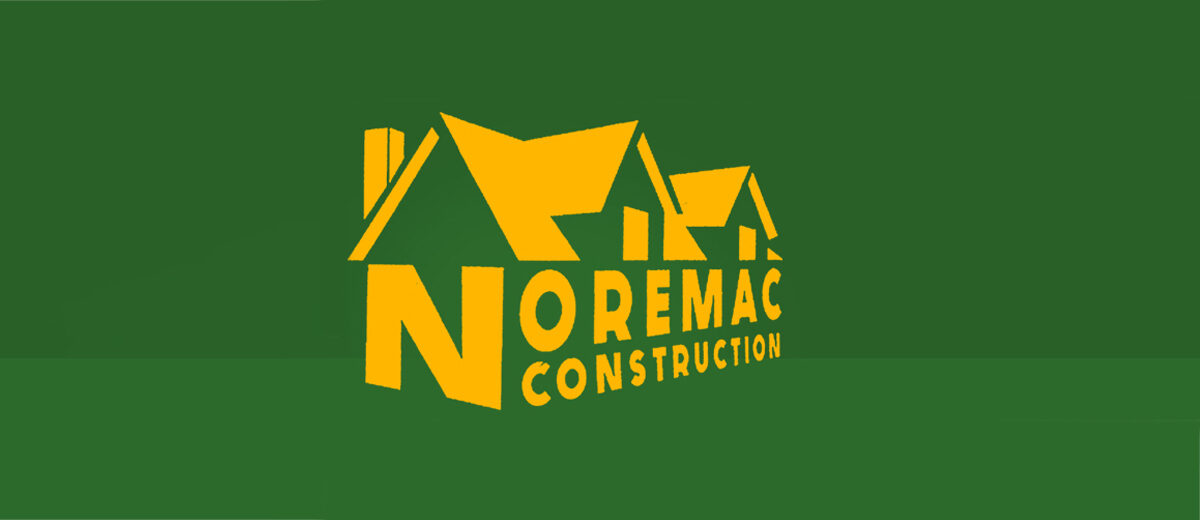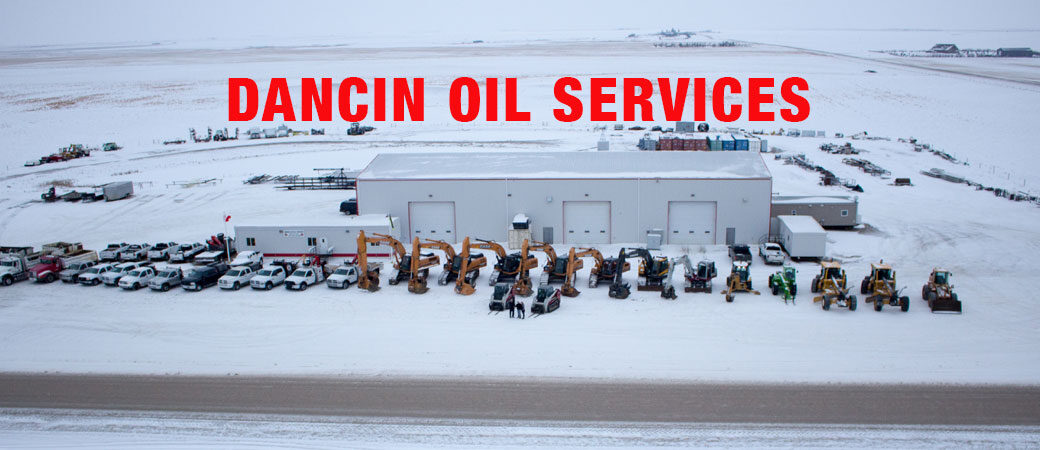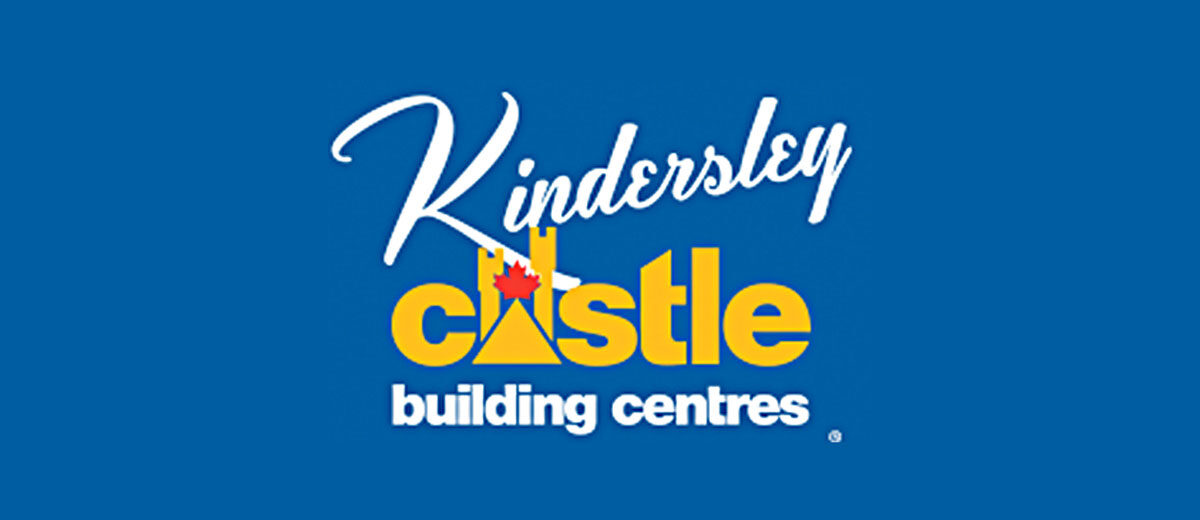Source: Kim Stonehouse, MSc, PAg, Crops Extension Specialist, Tisdale and Shannon Chant, MSc, PAg, Crops Extension Specialist, Swift Current, October 2019
Although the 2019 crop is not yet in the bin, there are some fall practices that we should be thinking about.
Soil testing, for example, is always a good practice in order to make the most efficient use of the fertility dollar and fall is a good time to do this testing. This year we have some unusual conditions that will make soil testing even more important.
In most years the crops will have used up a lot of the nutrients that were in the soil. This year, due to the early dry conditions and later wet cool conditions, some nutrients may not have been used up or lost to leaching and denitrification. It is very difficult to determine exactly what has been left behind and the only way to know for sure is to soil test.

The most important thing to remember is that a soil test is only as good as the soil sample taken. It is generally recommended that a minimum of 15 to 20 samples per quarter be taken. Taking more samples improves accuracy, especially in larger fields. Avoid irregular areas of the field. If you hire someone to collect your soil samples, it’s a good idea go with them to point out unrepresentative areas in the field, or give accurate directions to avoid these areas.
Fall soil sampling should be done after the soil temperature has dropped below 10 degrees. This will minimize the risk of nitrogen mineralization before freeze-up. Mineralization is the process where nitrogen in its organic form is converted to a plant available form by soil microbial activity. Lower soil temperatures ensure that this activity has ceased and that the nitrogen levels measured in the fall are less likely to change before spring. Soil phosphorus and potassium are generally less affected by sampling date.
Soil testing on a regular basis has certain advantages. It will not only help to establish upcoming crop nutrient needs but will also monitor changes in nutrient levels over time and guide nutrient management planning.
Nutrient management should be a part of crop rotation planning and is one of the requirements to maximizing yield. Canola, for example, has a high sulphur requirement compared to other annual crops. Sulphur deficiencies or an improper balance of sulphur to nitrogen and phosphorus can lead to lower canola yields compared to a canola crop with adequate fertility. Crops that follow canola in the rotation could also be low on sulphur if levels in the soil are not checked and the appropriate amount of sulphur fertilizer is not applied. Fields that are changing from perennial forage production to annual crop production may need more sulphur, phosphorus and potassium than fields that were previously annually cropped. Without a soil test, it is impossible to know what levels of these nutrients are needed to avoid deficiencies.
Nutrient management planning should take into account not only the requirements for the next crop but also maintenance of the correct nutrient balance well into the future. Phosphorus is a good example of the importance of nutrient balance. Increased yields without increased phosphorus application rates has resulted in some fields approaching deficiency levels. Since fertilizer use efficiency also decreases as availability decreases, the problem is compounded. Add to this, that it can take multiple seasons to restore this balance, soil testing to avoid phosphorus deficiencies becomes even more important.
Fall soil testing can also be used to help make the decision whether or not to purchase crop nutrients early since it is difficult to predict where fertilizer prices will go.
For more information on fall soil testing, please contact the Agriculture Knowledge Centre or your local Saskatchewan Agriculture Regional Office.
For the latest information and for more updates on everything Kindersley ‘Like’ the Kindersley Social Facebook page below…







